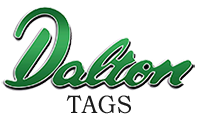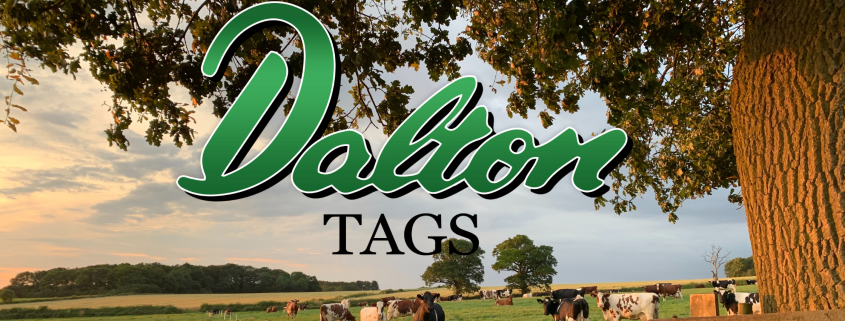Exporting or moving GB livestock to the EU or Northern Ireland from 1 January 2021
How your livestock intended for EU export need to be identified from 2021
From 1 January 2021 the UK will trade with the EU as a third country.
New rules for entry into the EU of certain animals and products from third countries including livestock will apply in 2021. Under the Northern Ireland Protocol of the EU Withdrawal Agreement, the same requirements will apply for these live animal movements from Great Britain to Northern Ireland.
This means that we will have to use a two-letter ISO1 country code ‘GB’ to identify livestock exported to EU Member States or moved to Northern Ireland.
The UK currently uses the identifier ‘UK’ in accordance with EU rules for Member States. From 2021, we will need to include a visual identifier which displays GB for animals intended for exported or moved to the EU or moved to Northern Ireland.
The following paragraphs explain the export tagging options for different species and would also apply when tagging animals for movement to Northern Ireland.
This guidance can be found on GOV.UK here: https://www.gov.uk/guidance/exporting-animals-and-animal-products-to-the-eu-from-1-january-2021
What do I need to do if I want to export or move livestock to the EU or Northern Ireland from 2021?
For sheep: their identification must now display the GB country code – the options for doing this vary as follows:
Where sheep are already double tagged
You should apply an additional (management) tag which displays GB and the animal’s existing individual ID number. This tag should not be red or yellow.
A replacement tag pair displaying the GB suffix can also be applied where animals not intended for export which have already been identified with a UK tag pair have lost one or both of those tags.
If the replacement pair is applied off the holding of birth that pair must be red tags.
OR
Lambs identified with the single slaughter tag that are to be exported to the EU
You can apply a pair of UK tags (one of which must be electronic) which also display a GB suffix. These animals will not need an additional management tag given these tags contain the visual GB code.
For slaughter lambs because the new tags replace an existing identifier, they should both be red2 tags.
2 In GB red is a visual indicator that a sheep or a goat’s identification has changed after it left its birth holding.
For Goats: The same rules apply for goats going for export as apply to sheep.
For cattle: their identification must now display the GB country code – the options for doing this vary as follows.
Where cattle are already identified with a UK tag pair.
Cattle are currently double tagged with a pair of ear tags which bear the country code UK and the animal’s individual ID number. One of these tags is a secondary tag where additional information can be added.
You should apply an additional (management) tag which displays GB plus the animal’s existing individual ID number.
Replacement tags with the GB suffix can also be applied where animals which have already been registered and not intended for export have lost a secondary tag.
You can use any type of plastic tag (e.g. flag tag, button tag) for the additional management tag, but it should be easily read from a distance.
Where calves are to be identified for the first time
You can apply a pair of ‘UK’ tags which also display a GB suffix on the secondary tag. These animals will not need an additional management tag given these tags contain the visual GB code.
Cattle will no longer need to be accompanied by their passport on export to the EU. You will need to return the passports to BCMS within 7 days of export.
If you are exporting cattle for slaughter, they also need to be freeze-branded on the hind quarters with an L mark.
For pigs:
The identification must include the ‘GB’ code.
For export pigs are required to be identified with an ear tag or ear tattoo bearing the letters UK plus the animal’s herd mark and an individual number.
From 2021, for export or movement to the EU you can apply an ear tag or tattoo which reads UK followed by the animal’s herd mark, an individual number and a ‘GB’ suffix.
Where do I get these tags?
Your regular ear tag supplier will be able to provide these tags.
You must tell them that they are for animals intended for export or movement to the EU or Northern Ireland and you should explain whether you need these tags for previously identified animals, or for as yet unidentified animals.
Your supplier will print the tags and deliver them to you in the usual way.
You should record their application in your holding register (new ID or replacement ID sections – where required). The animal can then be moved for export as normal.
You should allow 3-6 days for your tag supplier to produce and deliver your tags.
What about exports and movements from Northern Ireland to the EU and GB?
Movements of livestock from Northern Ireland to Great Britain from 2021 can be identified the same way as they are now using a UK tag.
For exports from Northern Ireland to the EU, you will need to contact DAERA.




